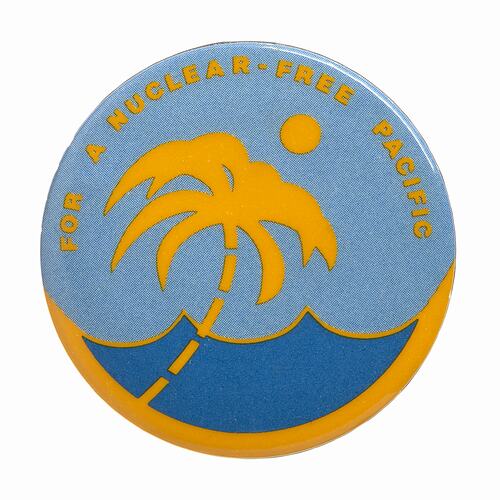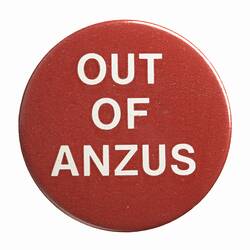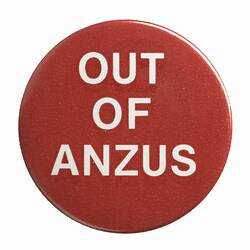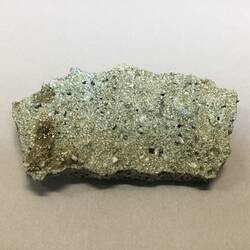British nuclear tests occurred between 1955 and 1963 at the Maralinga site, part of the Woomera Prohibited Area, in South Australia. A total of seven major nuclear tests were performed, with approximate yields ranging from 1 to 27 kilotons. The site was also used for hundreds of minor trials, many of which were intended to investigate the effects of fire or non-nuclear explosions on atomic weapons.
The site was contaminated with radioactive materials and an initial cleanup was attempted in 1967. The McClelland Royal Commission - an examination of the effects of the tests - delivered its report in 1985, and found that significant radiation hazards still existed at many of the Maralinga test areas. It recommended another cleanup, which was completed in 2000 at a cost of $108 million. Debate continued over the safety of the site and the long-term health effects on the traditional Aboriginal owners of the land and former personnel. In 1994, the Australian Government paid compensation amounting to $13.5 million to the local Maralinga Tjarutja people.
The French began development of the hydrogen bomb and built a new test range on the French Polynesian islands of Mururoa and Fangataufa. On 24 August 1968 France succeeded in detonating a thermonuclear weapon - codenamed Canopus - over Fangataufa. A fission device ignited a lithium 6 deuteride secondary inside a jacket of highly enriched uranium to create a 2.6 megaton blast which left the whole atoll uninhabitable because of radioactive contamination. Despite this, the French continued to undertake nuclear testing in the Pacific.
On 21 March 2008, French President Nicolas Sarkozy announced that France will reduce its plane-based nuclear arsenal (which currently consists of 60 TN-81 warheads) by a third (i.e. 20 warheads), thus bringing the total French nuclear arsenal to less than 300 warheads.
References: Information has been drawn from Wikipedia pages 'British Nuclear Tests at Maralinga' and 'French Nuclear Testing Pacific Experiments Center'.
More Information
-
Keywords
-
Authors
-
Article types




